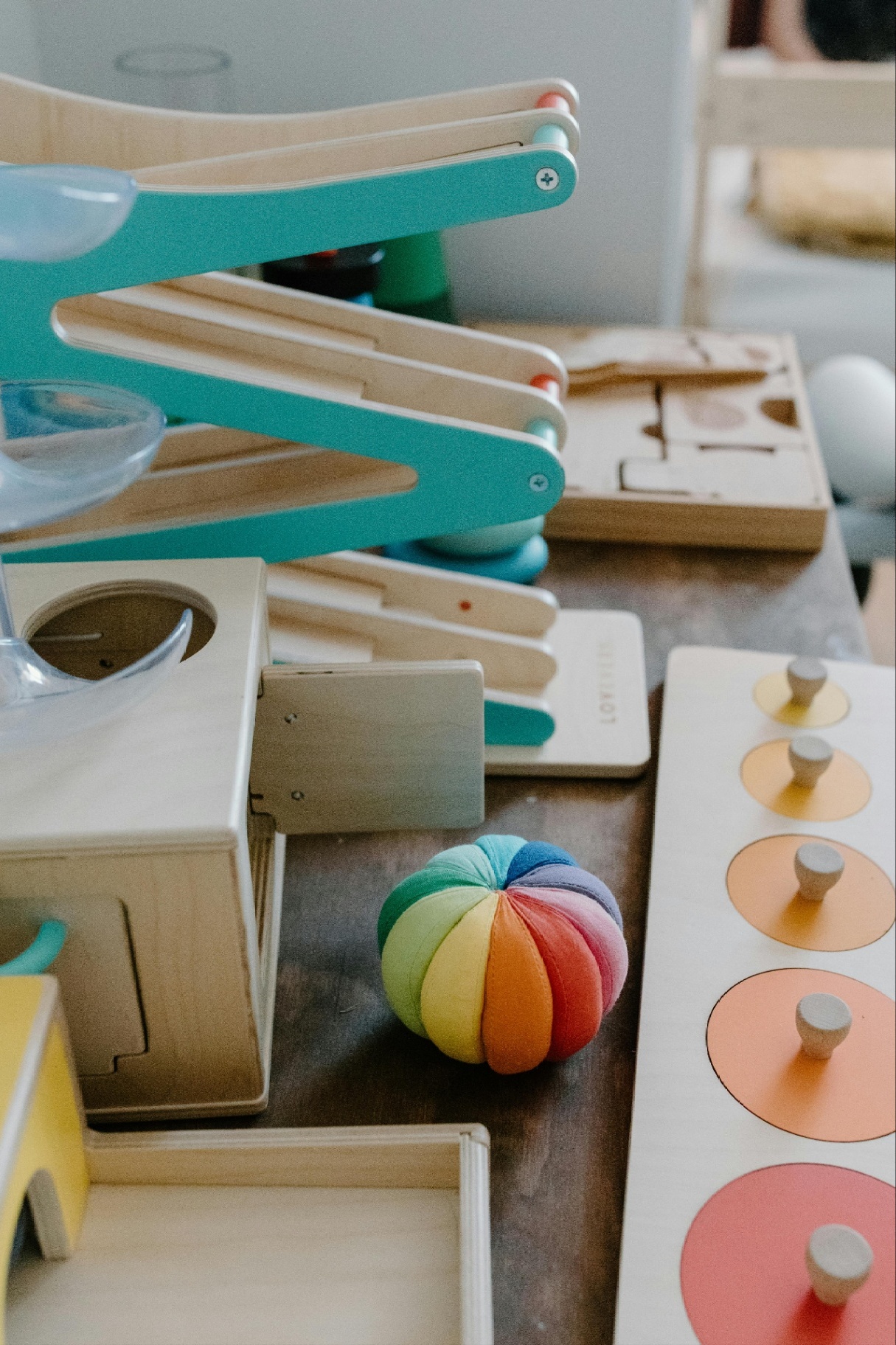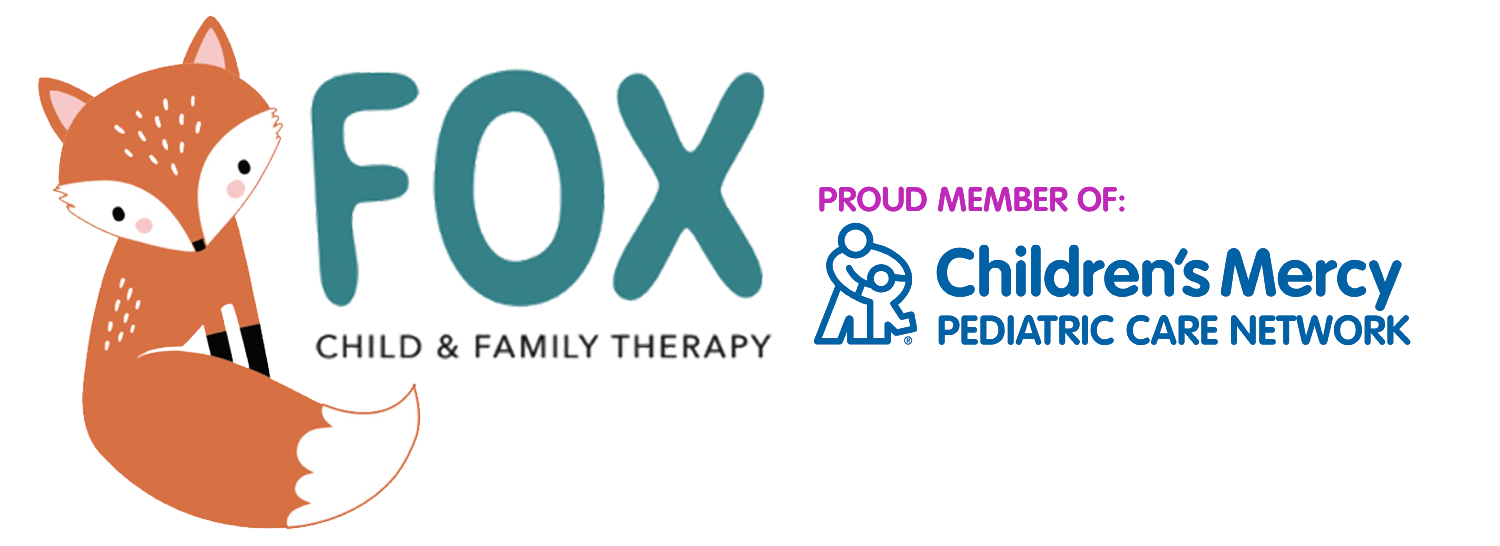Anxiety in Children and Adolescents: What to Know and How to Help

As a parent or caregiver, you may have noticed signs of anxiety in the children or adolescents in your life. Anxiety, the most common mental health disorder in children and adolescents, can manifest in various ways. Its presentation is diverse, from nervousness and physical symptoms to avoidance and behavioral outbursts. While treatable, diagnosis can be challenging due to the wide range of fears children may develop, including separation anxiety, food aversions, and school-related concerns. Let’s take a closer look.
What Is Anxiety in Children?
Anxiety in children becomes a disorder when worries or fears are more extreme, persistent, and interfering than typical childhood concerns. It’s characterized by bigger emotional reactions, lasting over six months, and affecting daily activities. Children may go to great lengths to avoid anxiety-triggering situations, impacting their school, home, and social life.
Types of Anxiety Disorders in Children and Adolescents
Anxiety disorders in young people can manifest in various forms. These include Generalized Anxiety Disorder (GAD), characterized by excessive worrying, and Social Anxiety Disorder, involving fear of social situations. Other types are Separation Anxiety Disorder, Specific Phobias, Panic Disorder, and Obsessive-Compulsive Disorder (OCD). Each presents unique challenges for children and adolescents.
Symptoms of Anxiety
Anxiety in children and adolescents can manifest through various emotional, behavioral, and physical symptoms. You may notice:
Excessive worry
Irritability
Avoidance of social situations
Physical signs often include
Stomachaches
Headaches
Sleep disturbances
Children might also exhibit
Clinginess
Perfectionism
Difficulty concentrating
Causes and Risk Factors
Anxiety disorders in children stem from a complex interplay of factors. Genetic predisposition, brain chemistry imbalances, and innate temperament can increase vulnerability. Environmental influences like trauma, stress, or bullying may trigger anxiety. Children can also learn anxious behaviors by observing caregivers. Additionally, underlying conditions such as ADHD or autism spectrum disorder often coincide with heightened anxiety risk.
Effective Strategies to Help Manage Childhood and Teen Anxiety
You can support anxious children and teens through various approaches. Listen attentively and validate their feelings, even if they seem irrational. Offer reassurance and patience as they work through their fears. Here’s more.
Therapeutic Techniques for Anxiety
Play therapy uses creative play, art, and storytelling to help young people express emotions that they may not have the words for. It creates a safe, supportive environment that can make anxiety feel less overwhelming while helping to build emotional resilience.
Family therapy helps children and adolescents with anxiety by improving communication, strengthening family support, and addressing patterns or stressors at home that may contribute to their anxiety. It fosters a more understanding and responsive environment, which can reduce the child’s distress and promote healing.
In addition, role-playing allows the practice of coping strategies in simulated anxiety-provoking scenarios, building confidence and skills.
Encourage Healthy Habits
Promoting positive lifestyle choices can significantly impact a child’s anxiety levels. Ensure they get adequate sleep nightly, as rest deprivation may exacerbate anxiety symptoms. Provide a balanced diet rich in fruits, vegetables, and whole grains. Regular physical activity is crucial, as exercise can help reduce anxiety and boost mood.
Model Healthy Coping
As a parent or caregiver, you play a crucial role in helping children manage anxiety. Share your coping strategies openly, demonstrating how you handle stress healthily. Discuss techniques like deep breathing, mindfulness, or engaging in relaxing activities. By modeling these behaviors, you provide children with practical tools they can adopt to manage their anxiety effectively.
Collaborate With Their School
Partnering with your child’s school can be helpful for managing anxiety. Communicate regularly with teachers about your child’s needs and progress. Take advantage of resources offered.
Next Steps
By understanding anxiety in children and adolescents and implementing these strategies, you can provide valuable support and help them develop the skills they need to manage their anxiety and thrive. When a child’s anxiety becomes overwhelming, working with a mental health professional can be an invaluable tool. Book a consultation today to learn how therapy can help.

